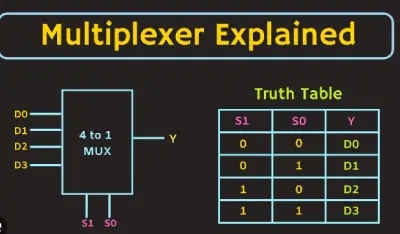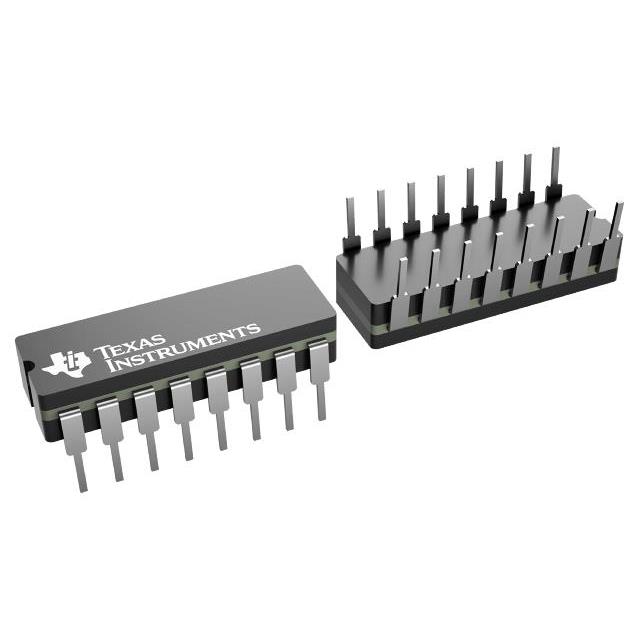Categories
- Signal Switches, Multiplexers, Decoders(7,772)
- 1
- 2
- 3
- 4
- 5
- 6
- 250
Description of Signal Switches, Multiplexers, Decoders
Logic type signal switch, multiplexer, and encoder ICs are used to route and choose electrical signals that represent data in a digital form. Unlike products made for analog signals, these ICs work with signals that have only two possible states (like on or off), instead of varying smoothly between two limits. They’re designed to keep this simple, clear information intact as it moves through the system.
Signal Switches, Multiplexers, and Decoders are electronic parts used to control and manage signals in different systems. Here’s a quick look at each:
Signal Switches:
These devices control how electrical signals move between different circuits or paths. Think of them like electronic switches that let you choose which signal path is active at any moment. They’re used in things like audio systems, communication gear, and measuring instruments to direct signals where they need to go.
Multiplexers (MUX):
Multiplexers, or MUXes, combine several input signals into one output line. They pick one of the input signals and send it to the output based on control signals. This helps use data lines more efficiently and is common in data communication. For example, a multiplexer can handle multiple data streams and send them over a single line, cutting down on the number of lines needed.

Decoders:
Decoders take encoded signals or data and turn them into a more understandable format. They convert binary input signals into a specific output, often showing one signal out of many. You’ll find decoders in things like digital displays, where they turn binary codes into readable numbers or other info (like showing the time on a digital clock).
In short, signal switches manage where signals go, multiplexers combine inputs into one output, and decoders make encoded data readable.








